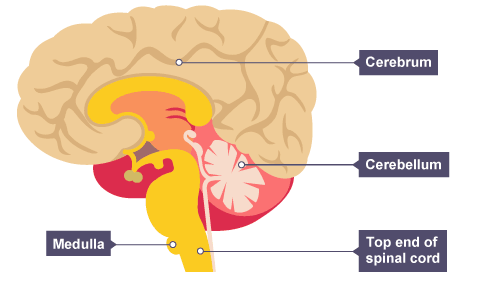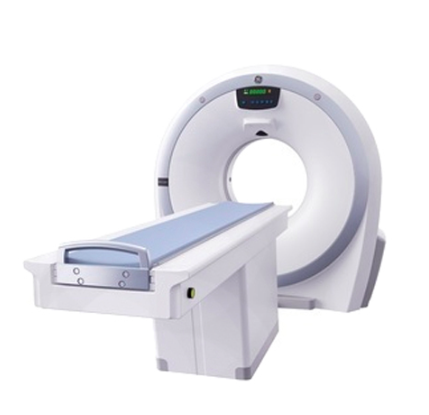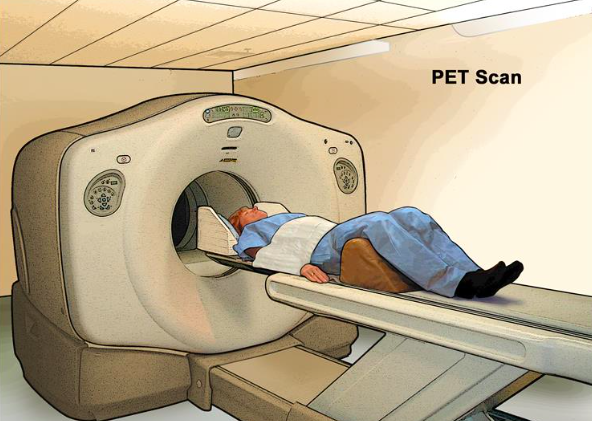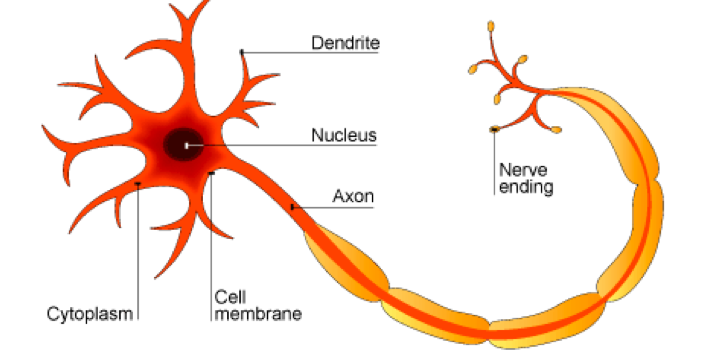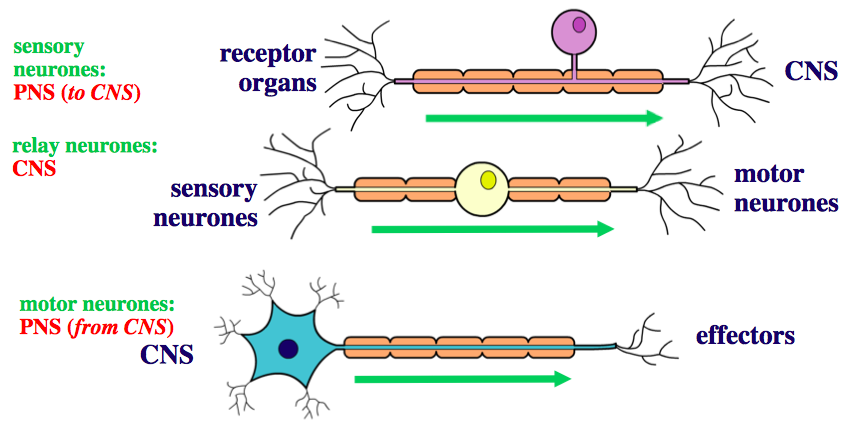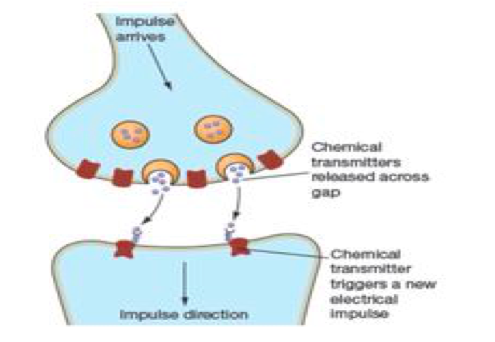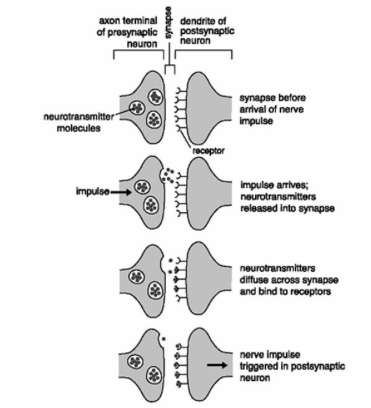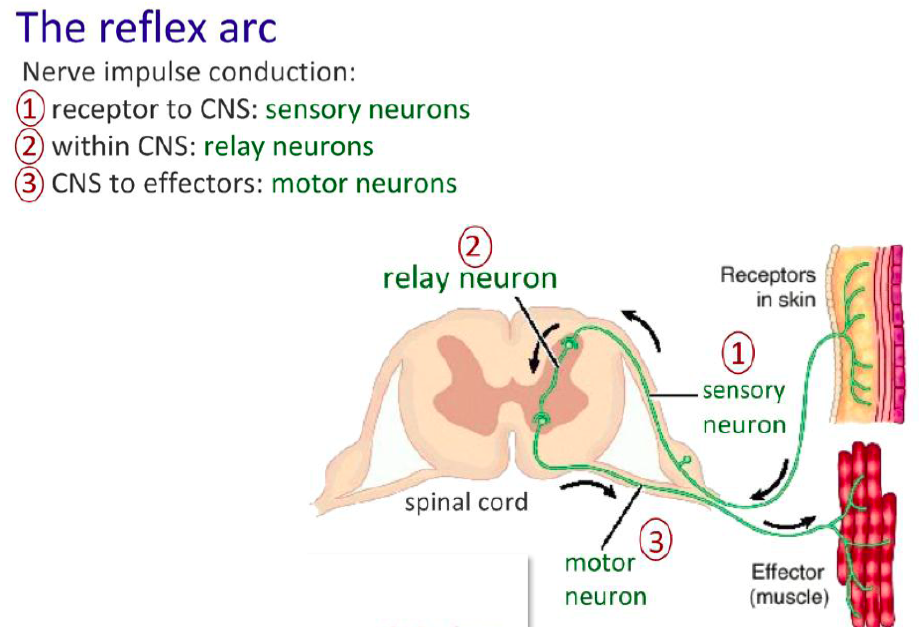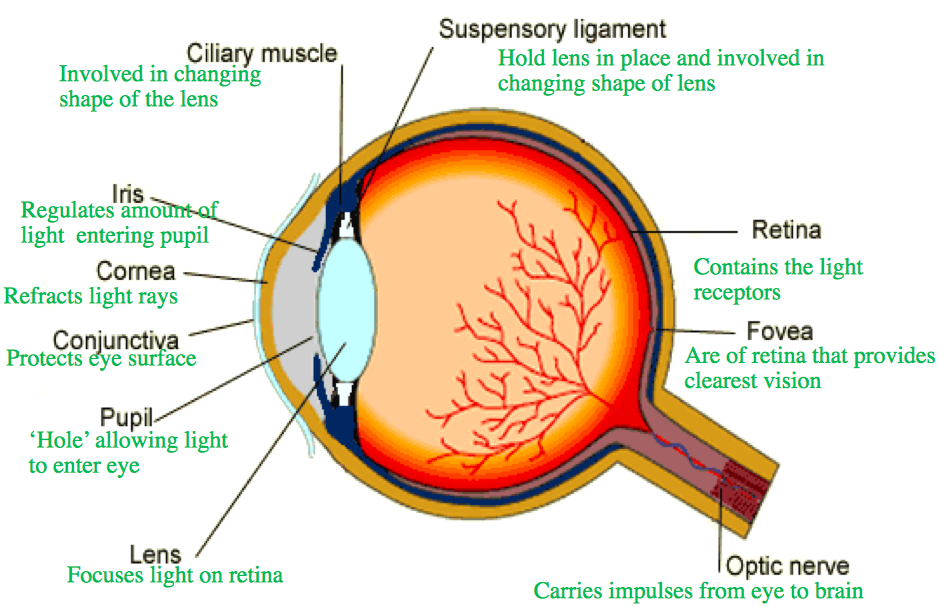The Brain and the Eye
Structure and Function of the Brain
The brain is a highly complex organ, and it controls how the body works. The following are the important parts of the brain that you will need to remember:
Here is a diagram of the brain:
CT and PET
During a CT scan, the patient has to lie on a bed whilst a ring of equipment would pass through them.
The ring of equipment consists of X-rays, where pictures will be taken from a range of angles. This is then sent to the computer, which allows the doctors to look at the person’s body.
CT scan:
During a PET scan, the scanner would detect gamma rays that radiate from a tracer.
Before a PET scan, the patient has to consume the tracer. This tracer travels to areas of the body with unusually high levels of metabolic reactions.
PET scans are then used to detect higher levels of metabolic reactions inside the person. This is commonly used to detect cancer cells.
PET scan:
Limitations in Treating Damage
Doctors need to be extremely careful when deciding whether they want to operate on the brain and other parts of the nervous system.
These surgeries carry an extremely high level of risk due to the complexity of the brain.
If any damage is done to the nerve cells, the conditions that follow are permanent as those cells simply cannot regrow.
Neurons and Synapses
The nervous system uses electrical impulses__ to bring about __fast, but short-lived, responses. These responses enables organisms to react to their surroundings and co-ordinate their behaviour.
The nervous system consists of the brain __and __spinal cord,__ which together form the __central nervous system__ (CNS). The CNS is linked to __sense organs __by __neurones, which form the peripheral nervous system__ __(PNS).
Neurones__ __(nerve cells) are specialised cells which carry electrical impulses.
- Axons __are insulated by a fatty __myelin sheath.
- Axons are normally long and thin, and they are used to carry messages all round the body.
- Dendrites receiving incoming impulses from other neurones.
There are three types of neurones that transfer electrical signals to different areas:
Nerve impulses can’t cross the gap between neurons. However, chemicals can cross them instead. The gap between two neurones is called the synapse.
In the synapse, an electrical signal is converted into a chemical signal, which is then converted back to an electrical signal on the other side of the synapse (this is the beginning of another neurone).
Here is a diagram of the process of neurotransmission:
Nervous System Pathways
- A stimulus __is detected by a __receptor.
- The receptor converts this information into an electrical signal (known as an impulse).
- This impulse is transmitted from the receptor to the CNS __along __sensory neurones
- The CNS coordinates the information and sends another impulse in response.
- This impulse passes along motor neurones __to the relevant __effector __(normally a muscle or a gland) to bring about a __response.
Reflex Arc
Reflex actions__ are __rapid, __automatic __responses of the nervous system which do not involve the involvement of the brain (i.e. without conscious thought).
Instead the signals pass directly from a__ sensory neurone__, via a relay neurone, to a motor neurone for an instant, unthinking action.
This nervous pathway is known as a reflex arc. It is extremely important because it allows us to avoid danger or harm. It also allows us to coordinate everyday bodily functions.
Eye Structure & Function
- Light passes through the eyeball to the retina.
- There are two main types of light receptors called rods and cones.
- Rods are more sensitive to light than cones. This makes rods extremely useful for seeing in dim light.
- There are three different types of cone cells which is highly important as it produces colour vision.
Eye Defects:
- Name 3 types of neurons:
- Your answer should include: Sensory / motor / relay
- How can you correct short-sightedness?
- concave
Explanation: Placing a concave lens in front of the eye. - What is stimuli detected by?
- receptor

